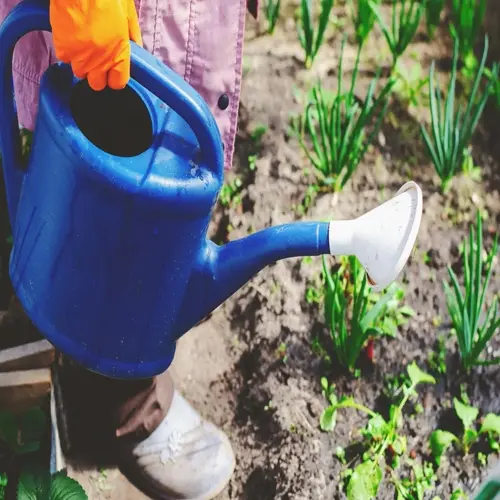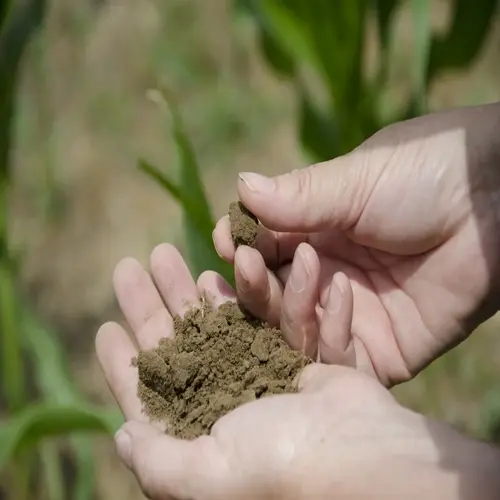How do I recognize unhealthy garden soil?

Written by
Michael Sullivan
Reviewed by
Prof. Samuel Fitzgerald, Ph.D.Diagnosing poor garden soil begins with identifying physical manifestations of soil problems, as well as observing plant responses. For example, standing water after rain reveals drainage issues. Crusty surfaces that do not allow water to permeate are worth noting. These are symptoms of complications or structural problems that require attention.
Plants are obvious indicators of soil health. Stunted growth can indicate potential nutrient deficiencies. Yellowing leaves will often reveal a lack of nitrogen in the soil. Purple leaves indicate a deficiency of phosphorus. Skimpy flowers or fruiting indicate further problems. My roses stopped flowering once due to soil compaction.
Physical Symptoms
- Water pooling over 24 hours after rainfall
- Concrete-like surface crust preventing seed emergence
- Visible erosion exposing roots and subsoil layers
Plant Responses
- Delayed germination despite proper watering
- Leaf discoloration progressing from lower foliage
- Abnormal leaf drop during growing season
Biological Signs
- Lack of earthworms and beneficial insects
- Persistent fungal growth on soil surface
- Dominance of weeds like horsetail or bindweed
Conduct basic diagnostic testing to diagnose the issues. Perform a percolation test by digging a 12-inch hole and filling it with water. Re-measure the drainage rate. A healthy soil will drain at a rate of 1-2 inches per hour. Use the vinegar/baking soda test to identify pH issues, especially those that are extreme.
Systematically amend difficult soils. Annually add organic matter for structure. Rotate crops to prevent nutrient mining. Test the soil every 2 to 3 years. With diligence and care, the soil health will improve, and your garden will thrive!
Read the full article: Garden Soil Testing: Everything You Need to Know

